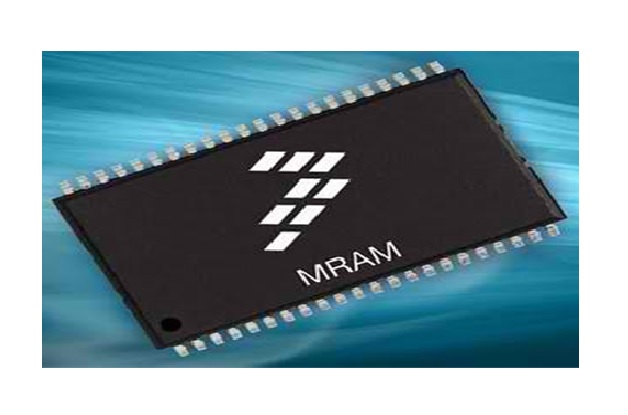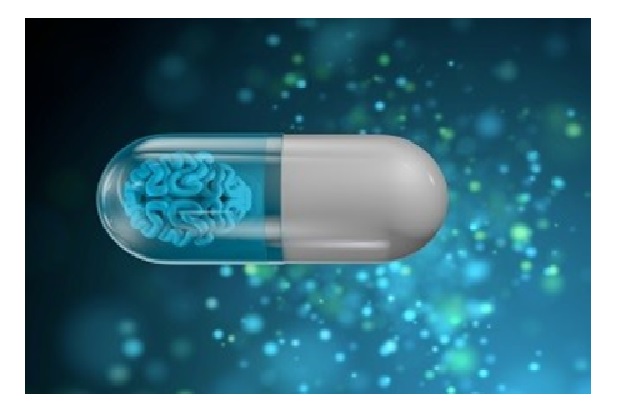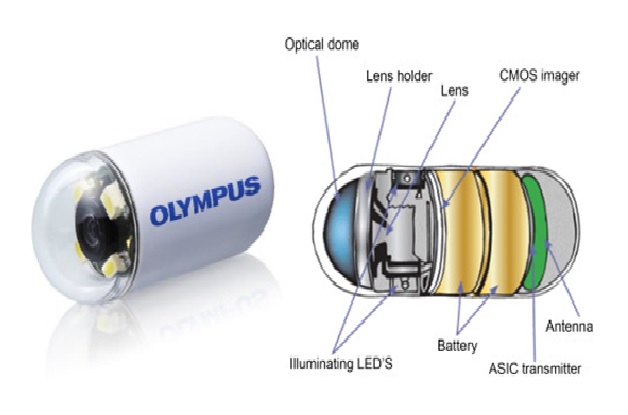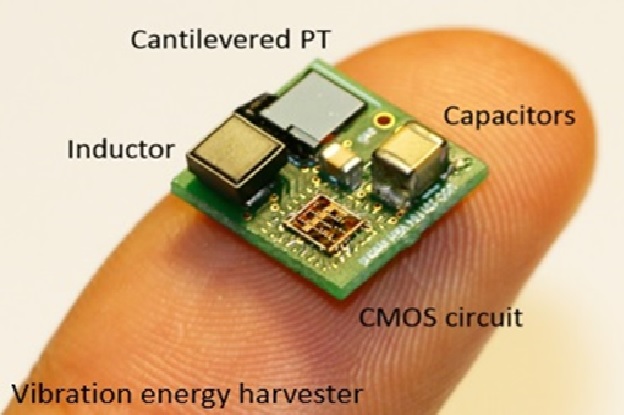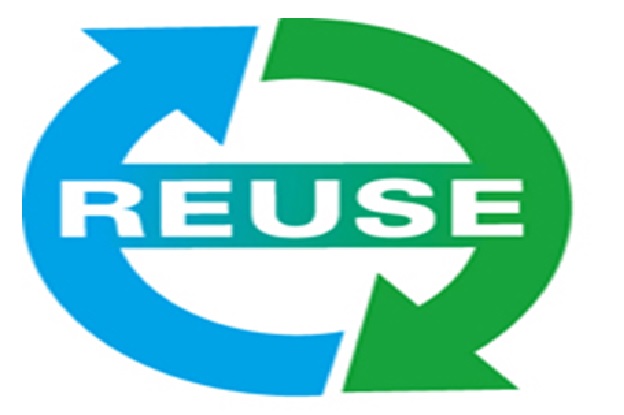Hydrogen Fuel Cells Vehicles
A fuel cell combines hydrogen and oxygen to produce electricity, heat, and water. Fuel cells are often compared to batteries. Both convert the energy produced by a chemical reaction into usable electric power. However, the fuel cell will produce electricity as long as fuel (hydrogen) is supplied, never losing its charge.
Fuel cells are a promising technology for use as a source of heat and electricity for buildings, and as an electrical power source for electric motors propelling vehicles. Fuel cells operate best on pure hydrogen. But fuels like natural gas, methanol, or even gasoline can be reformed to produce the hydrogen required for fuel cells. Some fuel cells even can be fueled directly with methanol, without using a reformer. [1]
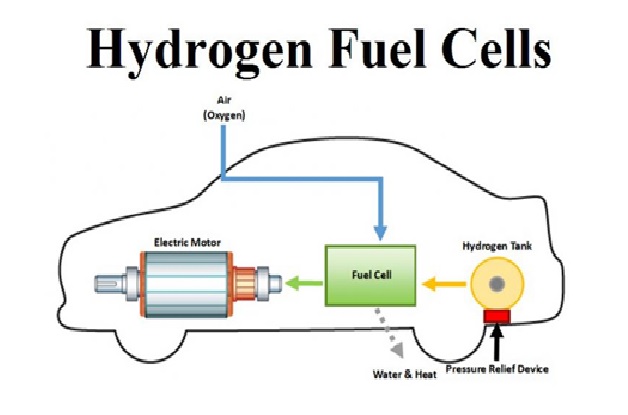
Figure 1. The Hydrogen Fuel Cells Vehicles
Figure 1 shows Hydrogen Fuel Cell Vehicles (FCVs) are similar to electric vehicles (EVs) in that they use an electric motor instead of an internal combustion engine to power the wheels. However, while EVs run on batteries that must be plugged in to recharge, FCVs generate their electricity onboard. In a fuel cell, hydrogen (H2) gas from the vehicle’s fuel tank combines with oxygen (O2) from the air to generate electricity with only water and heat as byproducts of the process.[2]
Fueling and Driving Range
Fueling a hydrogen FCV is similar to refilling your gas tank. Simply attach a nozzle from a designated hydrogen dispenser at a public station and fill up the tank. The refueling times are also similar: FCVs can be refueled in as little as 5 minutes.
Some FCVs can get over 300 miles on one tank of hydrogen fuel — greater than the distance from St. Louis to Chicago — and fuel economy close to 70 MPGe (miles per gasoline gallon equivalent). [2]
Advantages of fuel cell technology
- By converting chemical potential energy directly into electrical energy, fuel cells avoid a thermal bottleneck (a consequence of the second law of thermodynamics) and are therefore inherently more efficient than combustion engines, which must first convert chemical potential energy into heat, and then mechanical work.
- The absence of tailpipe emissions provides an environmental advantage compared to an internal combustion engine.
- Fuel cells has few moving parts, which increases reliability and reduces maintenance compared to an internal combustion engine.
- When hydrogen is generated from renewable electricity—like solar—wind, or hydropower—it is a completely decarbonized and renewable fuel with zero emissions. [3]
In the future, hydrogen could also join electricity as an important energy carrier. An energy carrier moves and delivers energy in a usable form to consumers. Renewable energy sources, like the sun and wind, can’t produce energy all the time. But they could, for example, produce electric energy and hydrogen, which can be stored until it’s needed. Hydrogen can also be transported (like electricity) to locations where it is needed. [1]
References:
- https://www.renewableenergyworld.com/types-of-renewable-energy/hydrogen/#gref
- https://www.epa.gov/greenvehicles/hydrogen-fuel-cell-vehicles
- https://www.cummins.com/new-power/applications/about-hydrogen/fuel-cells
Cite this article:
Thanusri swetha J (2021), Hydrogen Fuel Cells Vehicles, Anatechmaz, pp. 47




